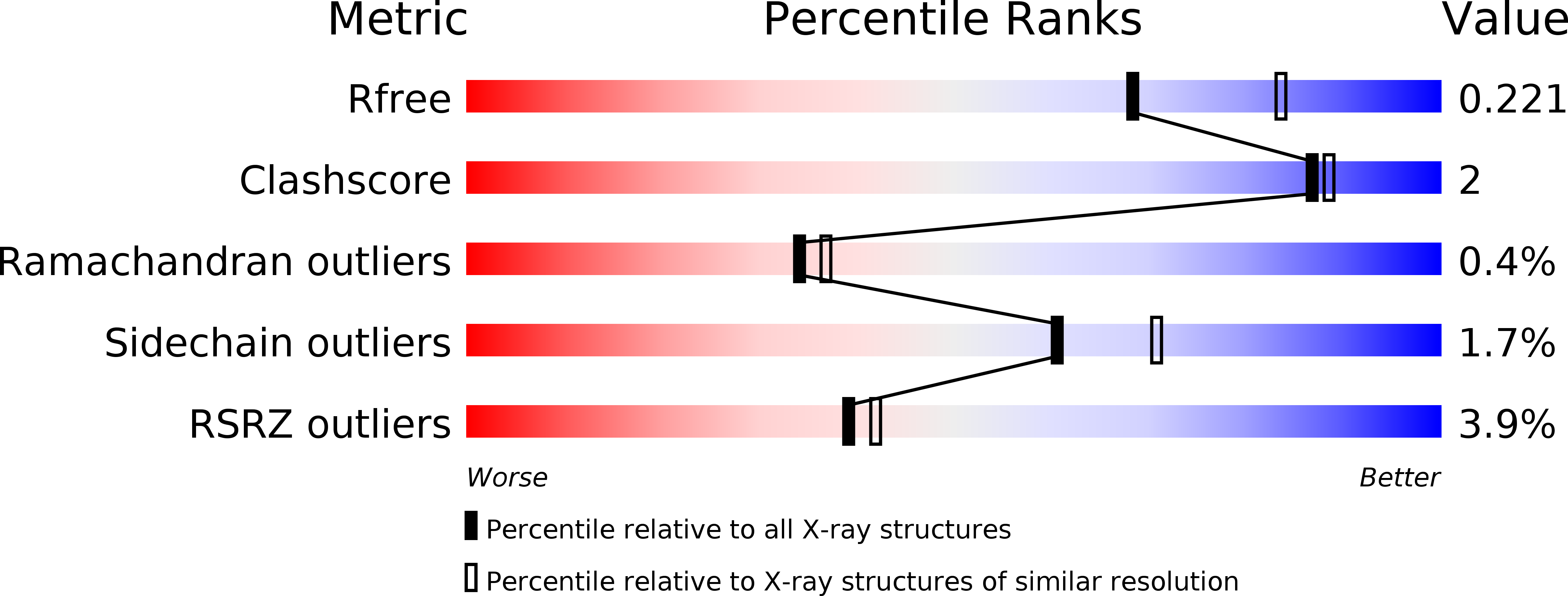
Deposition Date
2015-12-16
Release Date
2016-12-28
Last Version Date
2024-01-10
Method Details:
Experimental Method:
Resolution:
2.26 Å
R-Value Free:
0.21
R-Value Work:
0.17
R-Value Observed:
0.17
Space Group:
P 43 21 2


